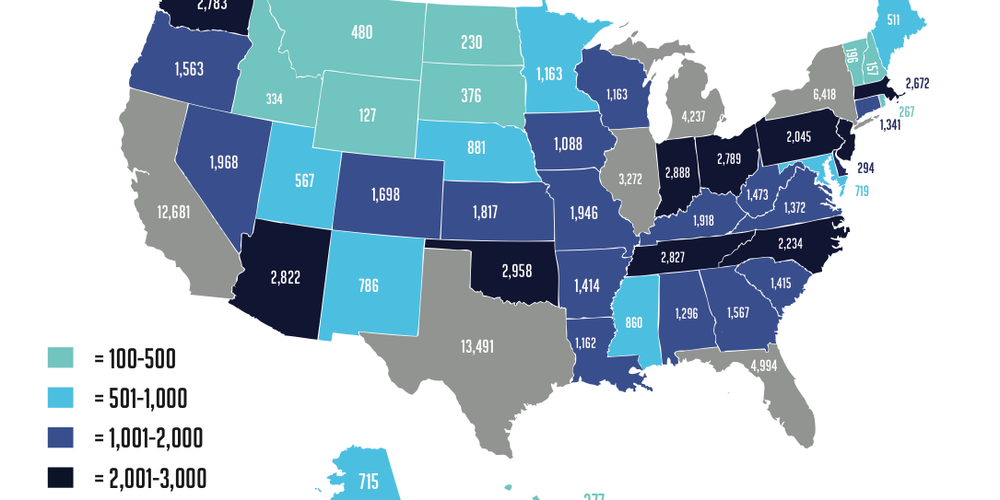The Adoption Process from a Foster Kid’s Perspective
What is foster care from the kid’s perspective like? If you have considered adopting a foster child, it’s an admirable action that could change the life of a child. As a child who was once in foster care, I know there are children of all ages anxiously awaiting loving adoptive parents.
According to recent adoption statistics, there are more than 400,000 children in the U.S. foster care system, and approximately 25 percent of those children are waiting for child adoption and permanent placement. The average age of a foster child is nine years old, and the average time a child spends in the foster care system is over two years. Foster care and foster parents help to provide loving homes, but children, just like me, hope for permanent adoption.
Foster care from the kid’s perspective
As a young child in foster care, I was excited about the idea of being adopted by a family. Although I didn’t remember much about my past, I knew I wanted to have a real mom and dad. Many children who enter foster care lose contact with their birth parents, physical surroundings, and sometimes even their siblings. They often struggle with feelings of trust, insecurity, and emotional stability, prompting many unanswered questions. Will my birth parents come for me? How long will I be here? How long will I stay with my foster family before I’m adopted? Will I ever be adopted? How does foster to adopt work? Between the ages of four to six, I was only in two foster homes, both with caring families.
Some children placed in foster care, especially older kids, may move to different foster homes quite often. This movement can create a sense of loss that happens over and over again. These types of homes vary per state, Austin, TX may be different than group homes in New York City. According to the North American Council on Adoptable Children (NACAC), it’s essential for adoptive parents to be sensitive to the impact of loss, lack of trust and feelings of insecurity that some foster kids deal with on a daily basis.
Any advice for future foster parents?
These foster kids may require time for emotional healing to restore feelings of security, trust and well-being; adoptive parents should be patient. As an adoptive parent, your kindness and good intentions may be foreign to your child. Even though your intentions and actions are healthy, they may not be embraced immediately or in the way you hope and expect. All foster kids want and need loving parents, but adjusting to something they’ve never experienced may take time. Most foster kids, like me, welcome adoption and look forward to a better life with a loving family, but it’s important for adoptive parents to understand the child’s wants and needs to build a stable life for the family.
Although adopting a foster child is a formal process that can take time, the end result is certainly worthwhile. My adoptive parents changed my life, and I wouldn’t trade them for anything. For more information on Foster Care and adoption, contact your state’s Foster Care Agency.
To learn more about how does foster to adopt work, or how you can help improve the foster system and the lives of the children under it, visit fosterlove.com/how-we-help/

